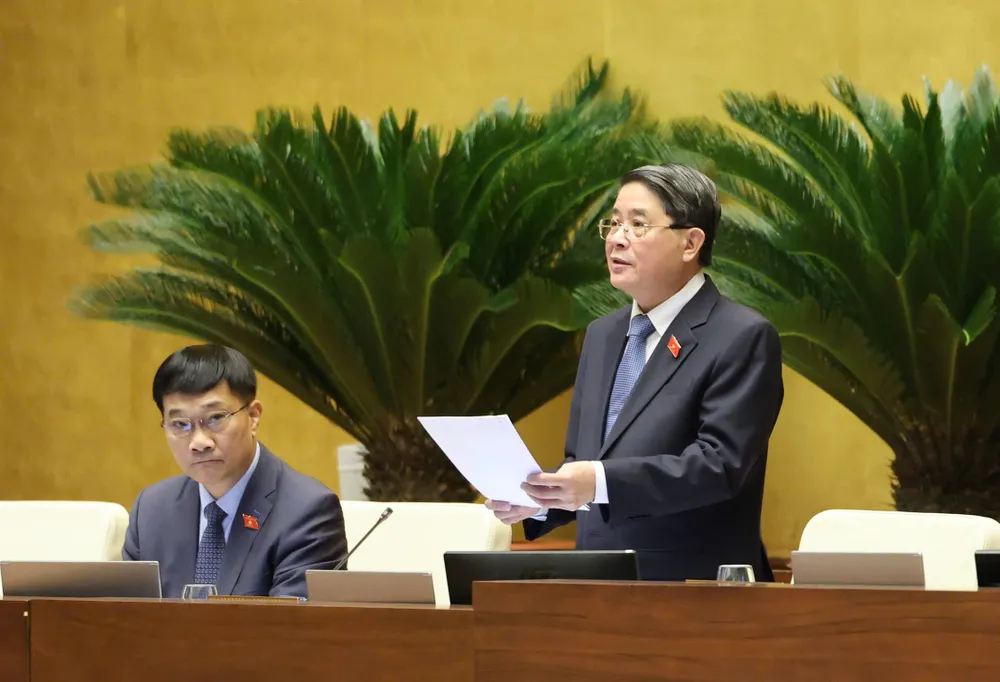
Public investment is a driving force, not a substitute for the private sector.
Opening the discussion session on this content, Deputy Tran Hoang Ngan (HCMC) acknowledged the development achievements, including the important role of financial and monetary policies and management work.
The Deputy analyzed that in 2025, the total budget revenue will increase by 21.5%; thanks to that, the country will have more resources to increase development investment spending by 29.7%. Total budget revenue for the 5 years 2021-2025 will increase by 15% compared to the estimate, while total spending will only increase slightly by 6%. Development investment spending will increase by 26% compared to the previous 5-year plan. Regular spending in the past 5 years has decreased by 2%, which is a good sign. Budget deficit in the past 5 years has been reduced by 282,525 billion VND. Public debt has decreased to 36%, creating room for the next term and for future generations...
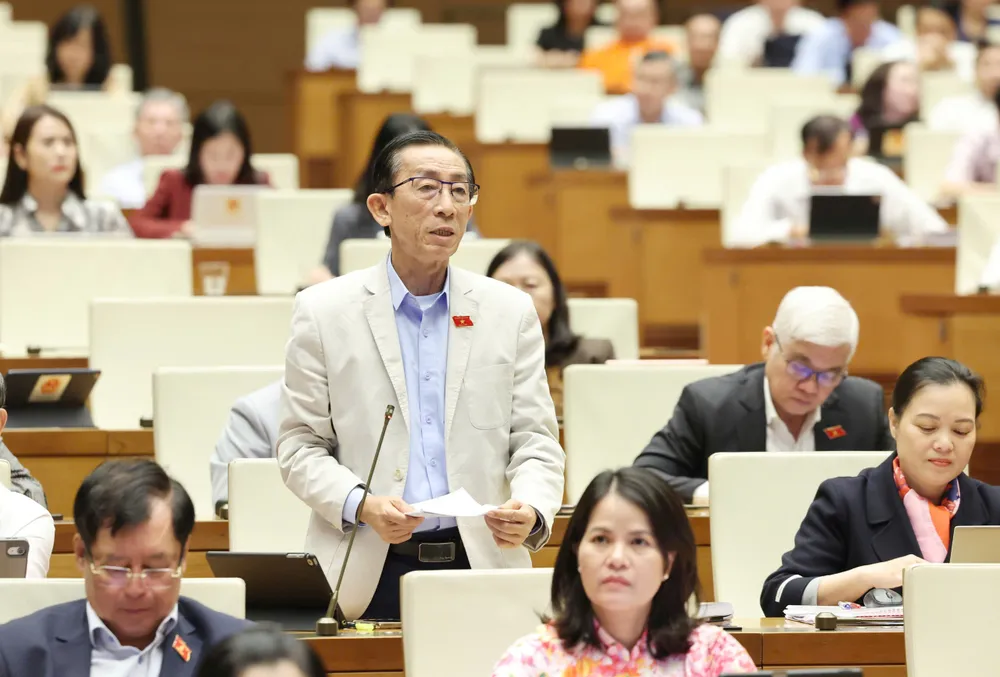
In particular, Deputy Tran Hoang Ngan paid special attention to the assessment and warning about the effectiveness of public investment, considering this a key factor for economic development. "The Government reported completing 5/5 of the 5-year public investment targets, but I think only 4/5 targets have been completed," the Deputy stated.
The target that the delegate considered “not achieved” was the proportion of public investment capital in total social investment capital reaching 18.5%, higher than the set target of 16 to 17%. “Public investment is essentially “leading investment”. The higher public investment rate compared to the plan proves that the encouragement of social investment and private investment in infrastructure has not achieved the set target”, delegate Tran Hoang Ngan emphasized.
Considering that the challenges in capital demand in the coming period (2026-2030) are extremely large, the Deputy emphasized the need to pay attention to the absorption capacity of the economy and the impact on the macro economy, as well as the ability to repay debt, both domestic and foreign debt; from there, it is necessary to calculate the order of investment priorities; pay more attention to creating a sufficiently open institution to encourage corporations and state-owned enterprises to improve business efficiency; review public assets and public land to reduce pressure on the state budget...
Having a similar view to Deputy Tran Hoang Ngan, Deputy Ha Sy Dong ( Quang Tri ) said that the current budget revenue and expenditure structure is still unsustainable. The increase in budget revenue in recent years is mainly due to a number of situational factors, not forming a long-term driving force. New revenue sources from the digital economy, e-commerce, and cross-border services have not been effectively exploited; revenue from equitization and divestment of state capital is still very low; while regular expenditure still accounts for a high proportion. Saving 10% of regular expenditure is mainly through task reduction, not from technological innovation, process reform or streamlining the apparatus.
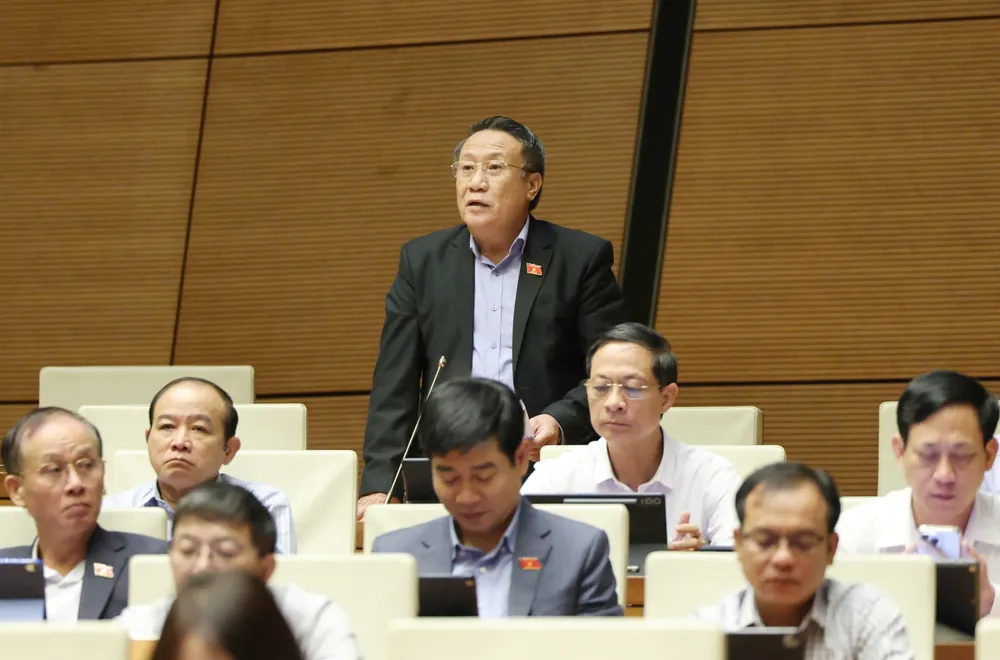
"It is necessary to shift the focus from increasing revenue to consolidating a sustainable revenue foundation, through reforming tax policies, improving revenue management, preventing revenue loss, and nurturing long-term revenue sources," Deputy Ha Sy Dong suggested.
Regarding public investment, the Deputy emphasized that in the 2026-2030 period, it is necessary to consider “effective public investment” as a strategic pillar. “The Government needs to review and restructure the investment portfolio in a concentrated, focused, and key direction, prioritizing projects with regional spillover effects, especially strategic infrastructure projects, climate change response infrastructure, and digital infrastructure. Public investment must truly be the driving force, activating social capital sources, not replacing the private sector,” he said.
Institutional reform for Ho Chi Minh City to develop commensurate with the stature of a megacity
Commenting on the biggest paradox hindering the development of Ho Chi Minh City is the difference between responsibility and management tools, Deputy Pham Trong Nhan stated that Ho Chi Minh City, with an economic scale equivalent to a small country, contributes nearly 1/4 of the country's GDP and 1/3 of the total national budget revenue, has a GRDP surpassing many countries in the region, but is still being constrained by the "provincial institutional coat" which is no longer compatible with the stature of a mega-city and the established multi-center space.
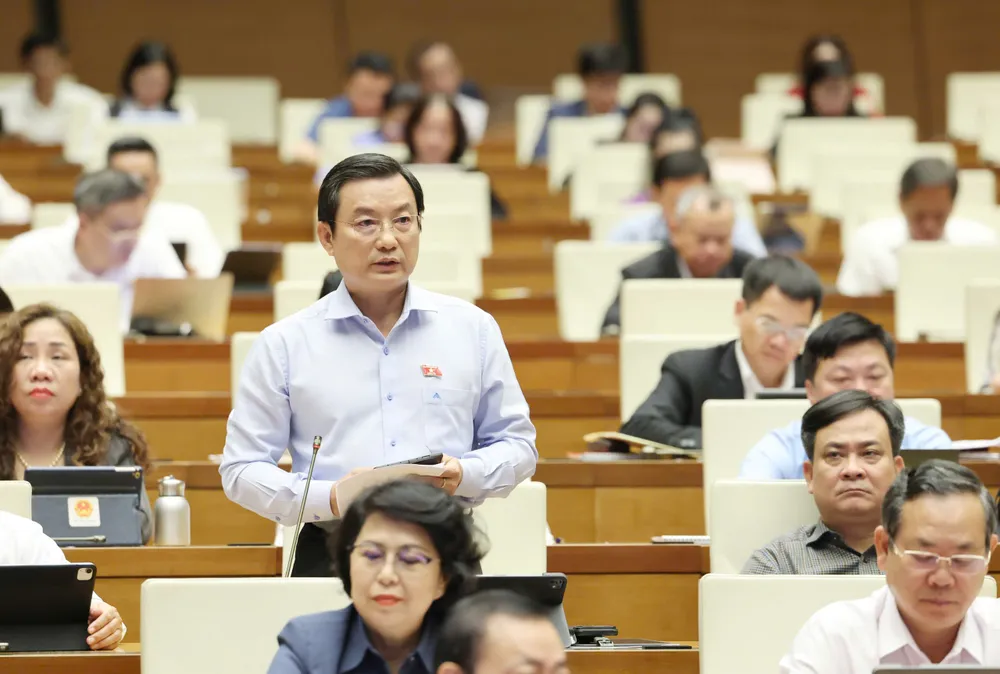
"If this paradox is not resolved, reform will forever stop at the threshold and the pilot site may become a barrier to institutional reform itself," the delegate worried.
According to Deputy Pham Trong Nhan, to achieve growth of 10% to 11% per year for the period 2030, Ho Chi Minh City needs to mobilize 8 quadrillion VND of social investment capital. To achieve that goal, what Ho Chi Minh City needs most is institutional autonomy.
“I strongly urge the National Assembly to initiate the development of a special Urban Law for Ho Chi Minh City. This is considered an institutional solution to expand revenue sources, increase public investment and reduce the burden on the central government,” the delegate said, expressing his belief that if the National Assembly gives Ho Chi Minh City appropriate institutional tools, the city will not only break through its own barriers but also create new momentum, leading other localities in the country to develop together.
Source: https://www.sggp.org.vn/hoa-giai-nghich-ly-the-che-cho-tphcm-post820765.html


![[Photo] National Assembly Chairman Tran Thanh Man receives foreign ambassadors who came to say goodbye](https://vphoto.vietnam.vn/thumb/1200x675/vietnam/resource/IMAGE/2025/10/30/1761820977744_ndo_br_1-jpg.webp)
![[Photo] The Third Patriotic Emulation Congress of the Central Internal Affairs Commission](https://vphoto.vietnam.vn/thumb/1200x675/vietnam/resource/IMAGE/2025/10/30/1761831176178_dh-thi-dua-yeu-nuoc-5076-2710-jpg.webp)
![[Photo] General Secretary To Lam attends the Vietnam-UK High-Level Economic Conference](https://vphoto.vietnam.vn/thumb/1200x675/vietnam/resource/IMAGE/2025/10/30/1761825773922_anh-1-3371-jpg.webp)
![[Photo] Touching scene of thousands of people saving the embankment from the raging water](https://vphoto.vietnam.vn/thumb/1200x675/vietnam/resource/IMAGE/2025/10/30/1761825173837_ndo_br_ho-de-3-jpg.webp)
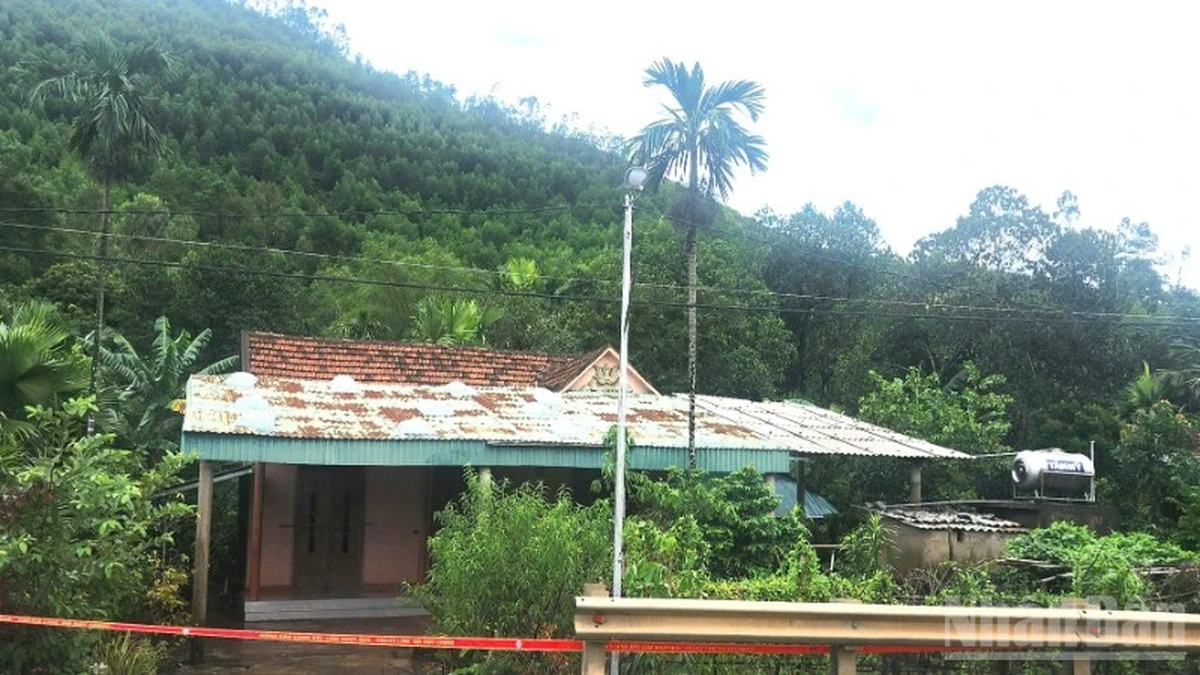
![[Photo] General Secretary To Lam meets former British Prime Minister Tony Blair](https://vphoto.vietnam.vn/thumb/1200x675/vietnam/resource/IMAGE/2025/10/30/1761821573624_tbt-tl1-jpg.webp)
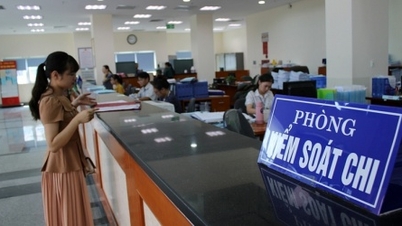




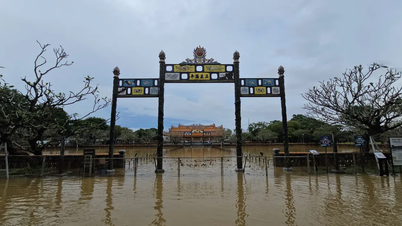
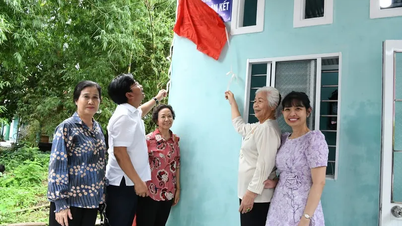

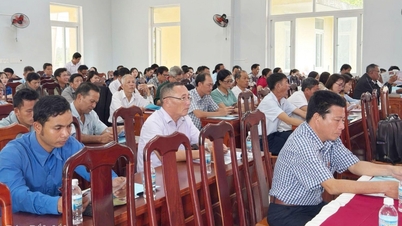

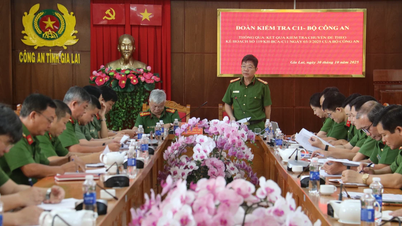









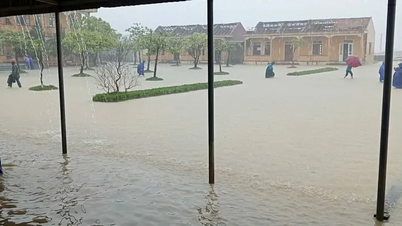
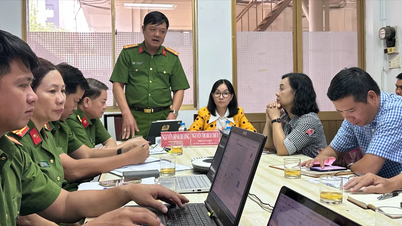





























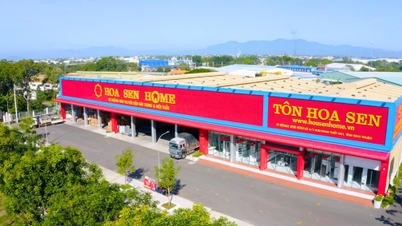










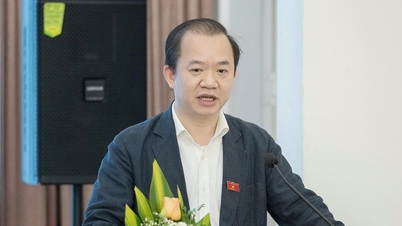
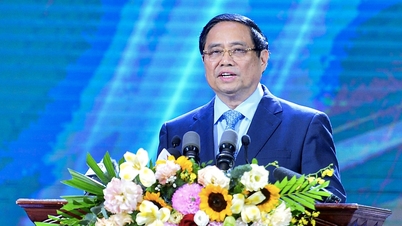



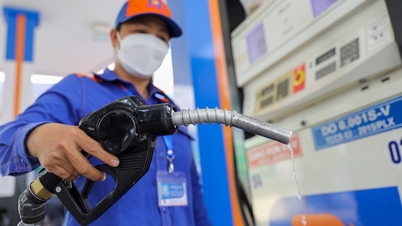




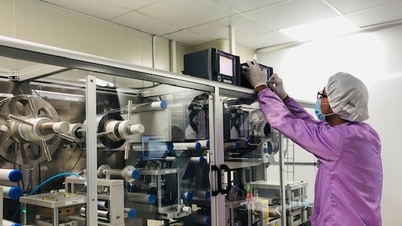
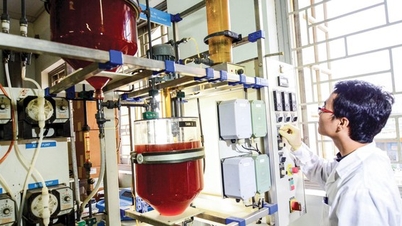
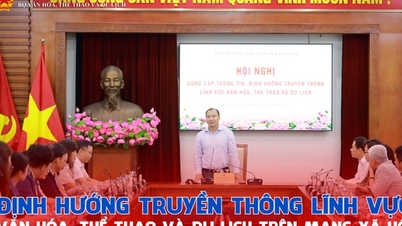




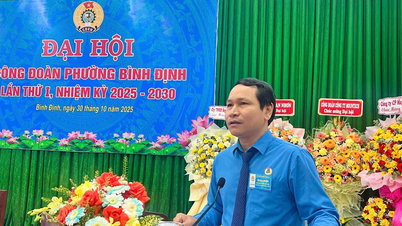















Comment (0)